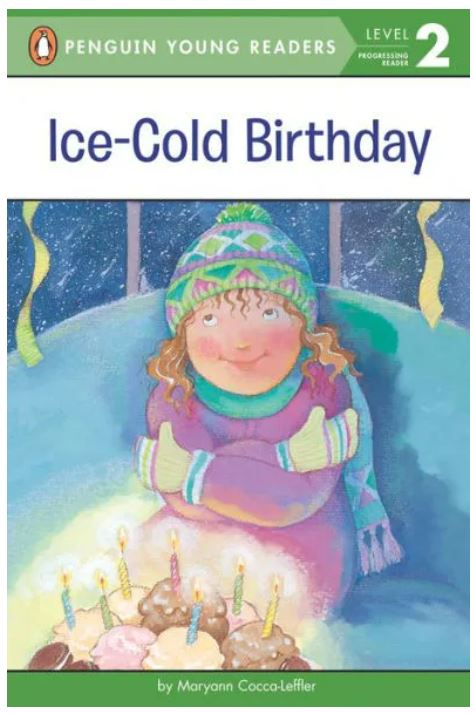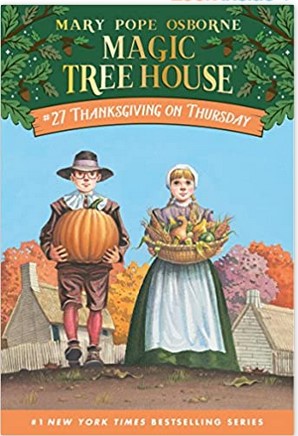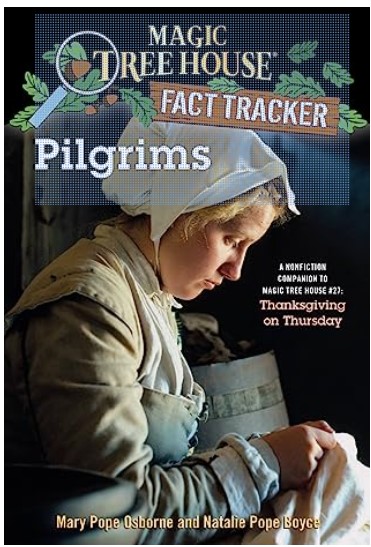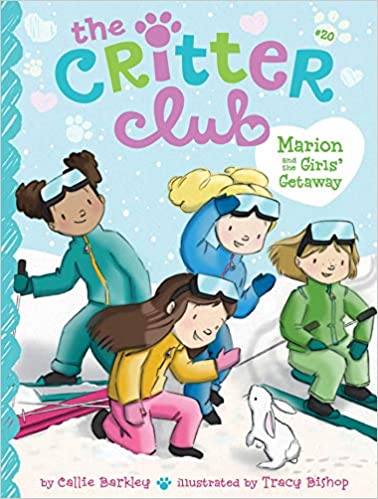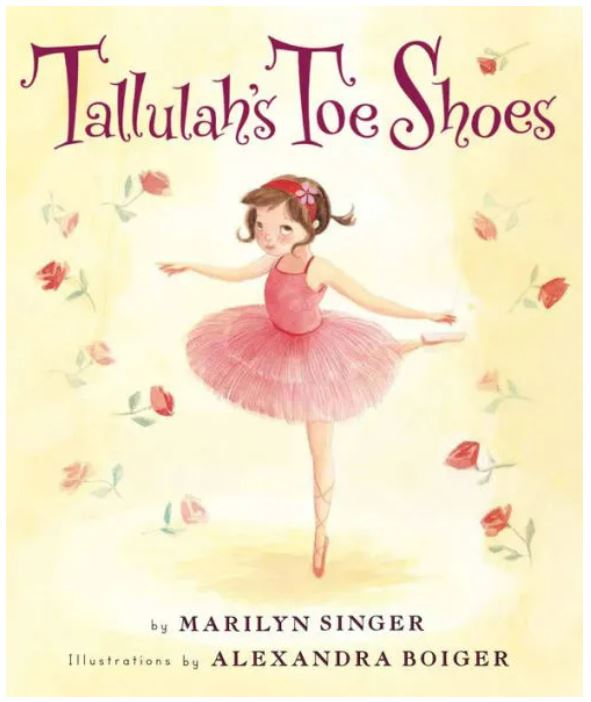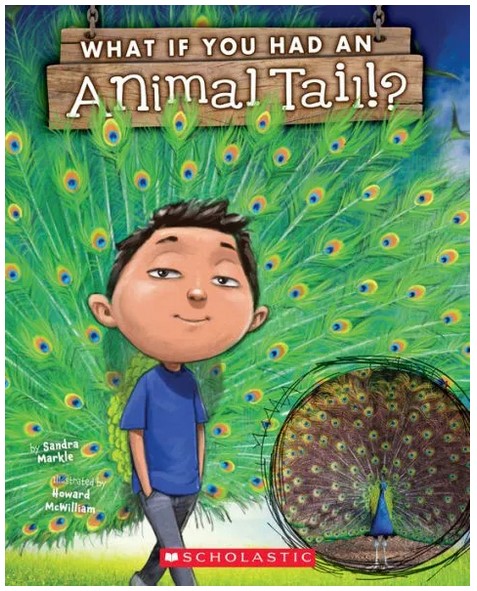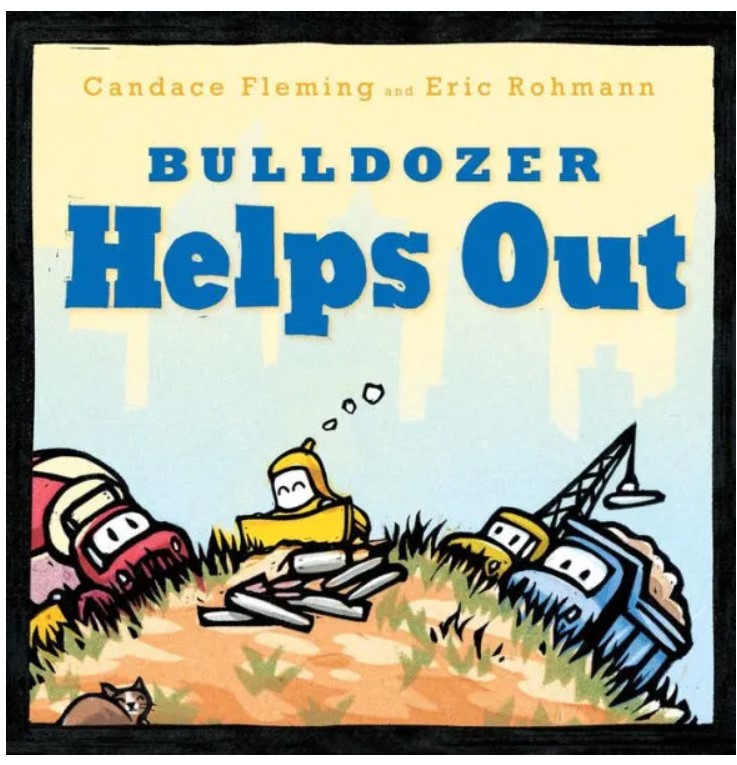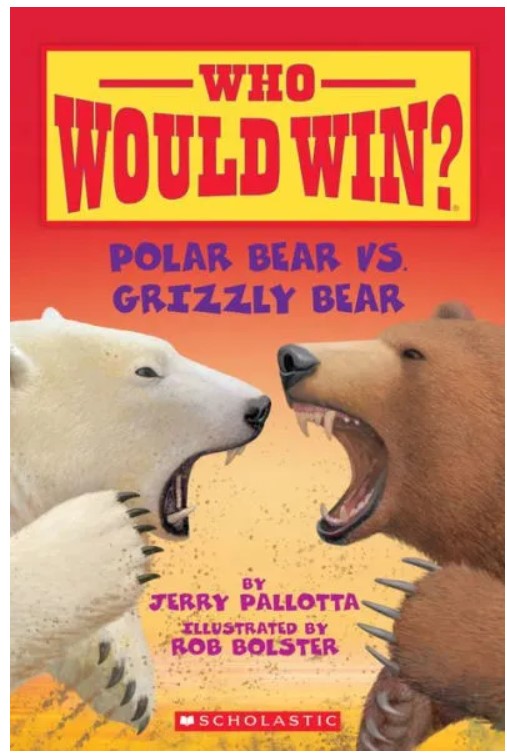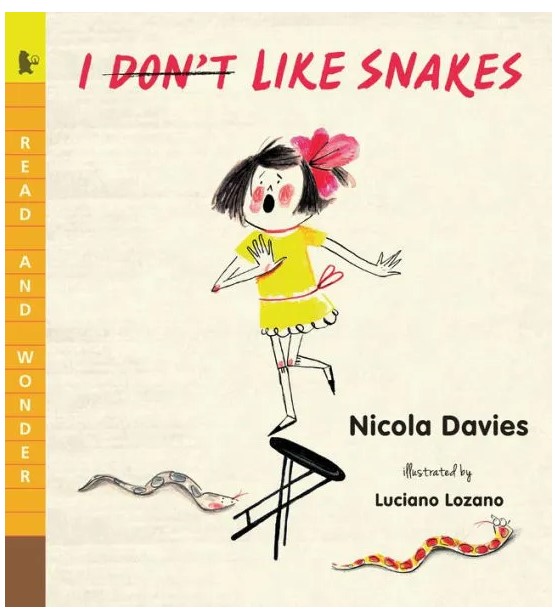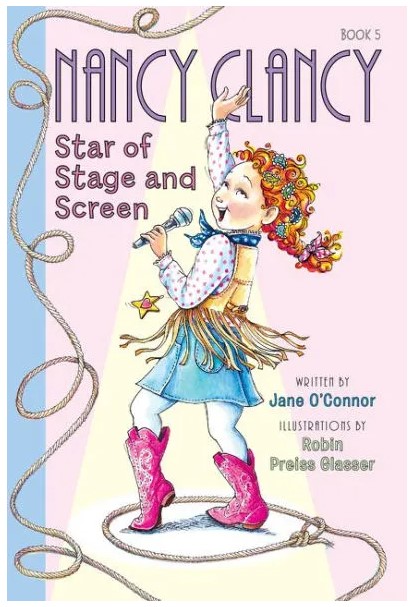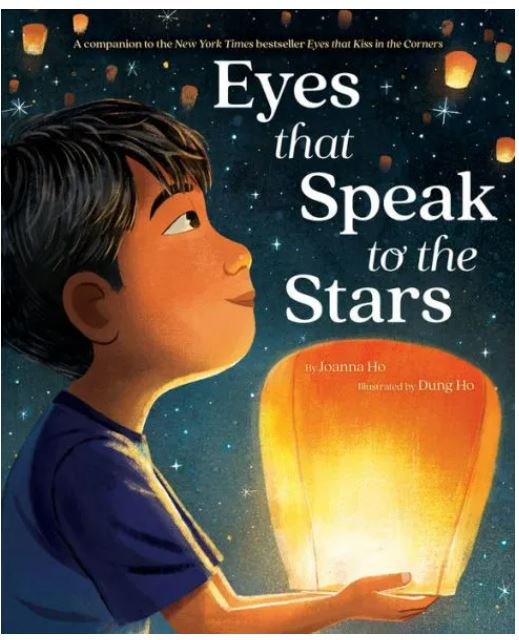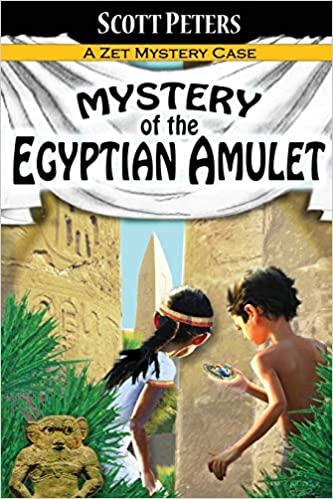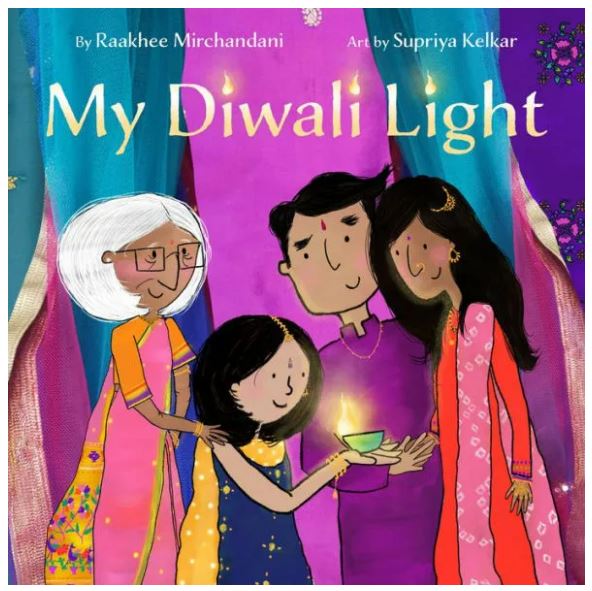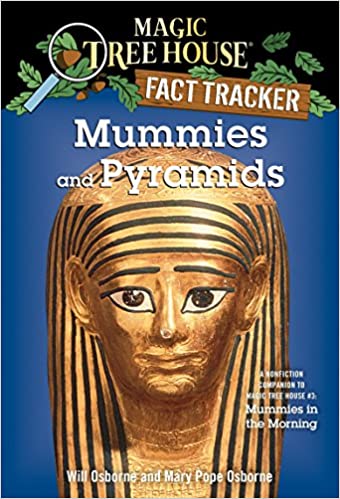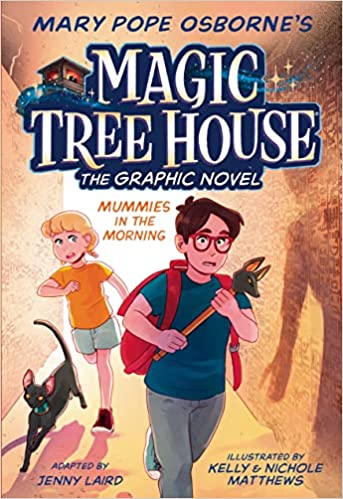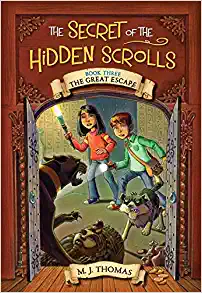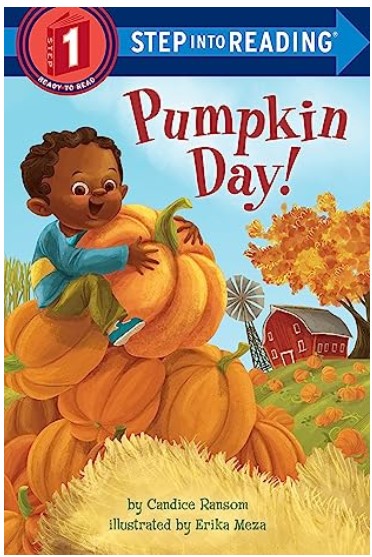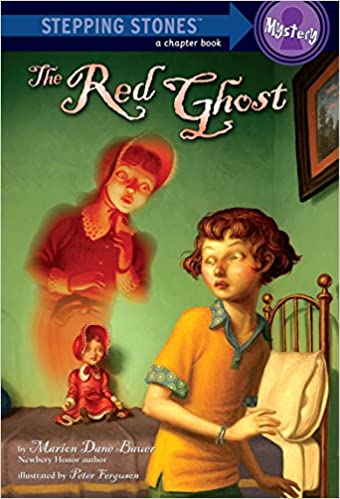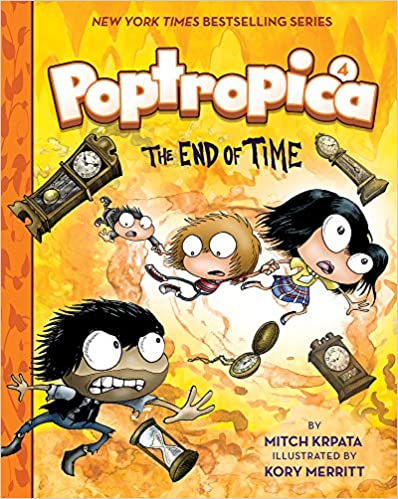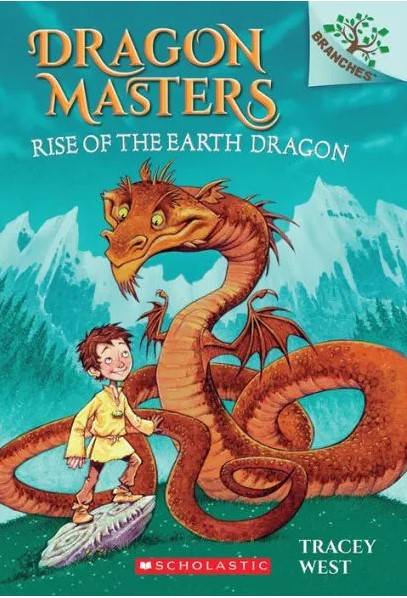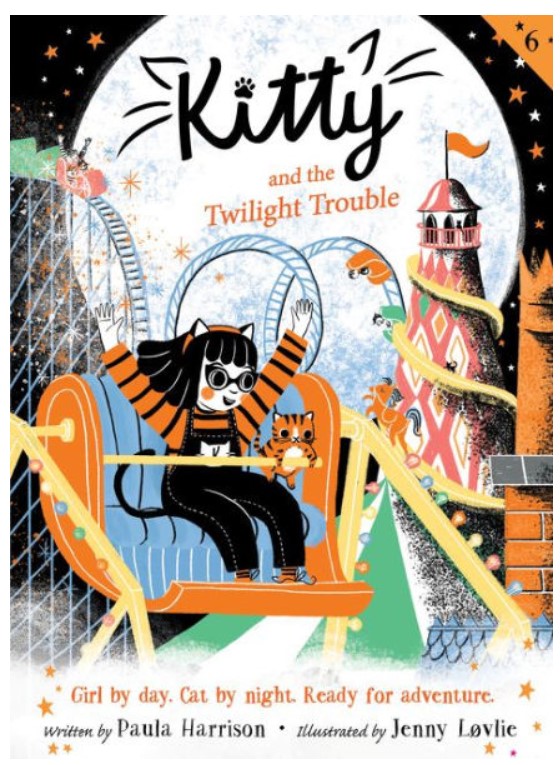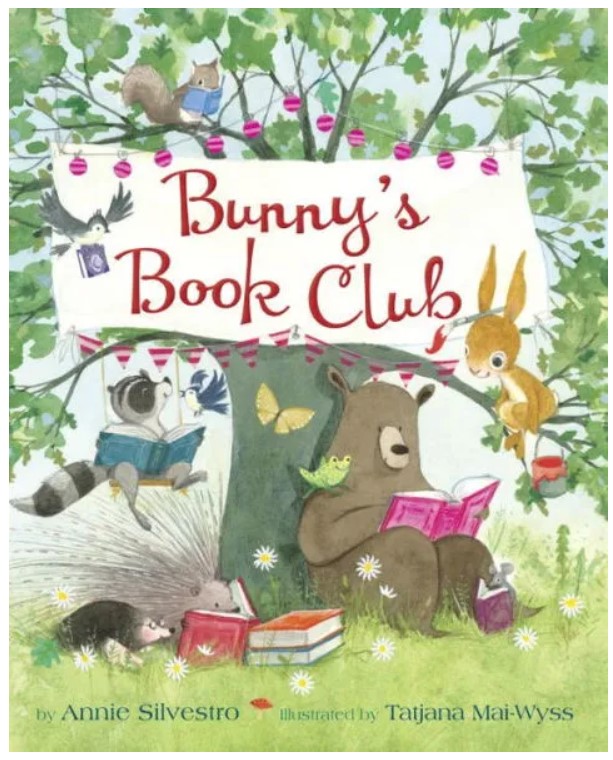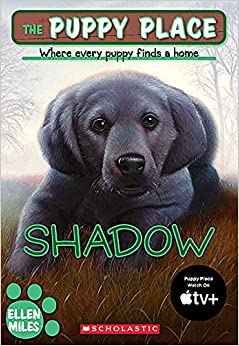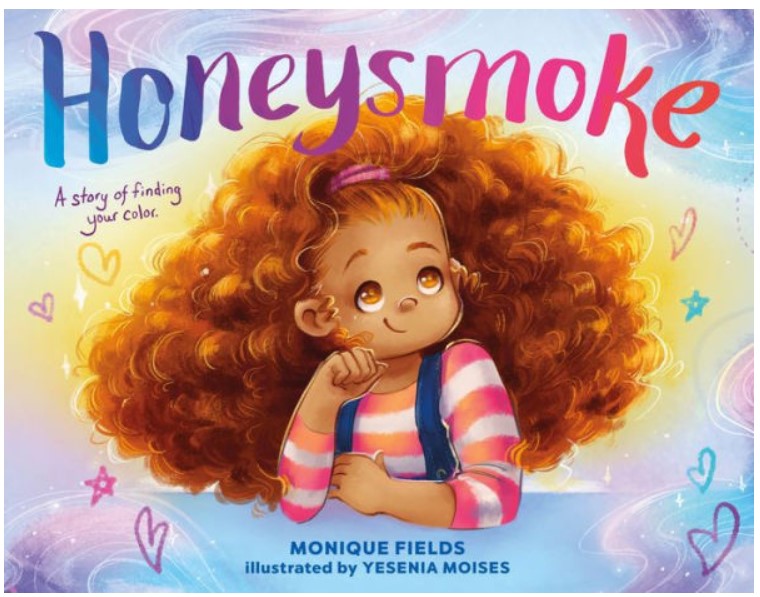Jenna finds the perfect gift for her sister at a neighbor’s garage sale—a beautiful old doll dressed all in red velvet. Jenna can’t believe her luck. Not only does Mrs. Tate seem happy to be rid of the doll, she even gives it to Jenna for free! But when Jenna takes the doll home, trouble begins. First, her best friend gets a creepy feeling whenever she’s around it. Then, the family cat hisses at the doll, and at night Jenna thinks she can hear it moving around in her closet. Finally, when Jenna gives the doll to her sister, she won’t take it. Could the red velvet doll be haunted? And if it is, what can Jenna do?
In this companion book to The Blue Ghost, Newbery Honor winner Marion Dane Bauer creates a spooky story that may scare young readers. At first, Jenna is taken in by the doll’s beauty, but soon after taking the doll home Jenna is frightened because the doll’s eyes seem to be talking to her. The unnatural demeanor of the doll is reinforced when Jenna’s sweet-natured cat attacks it. The doll also scares Jenna’s friend, who thinks the doll can talk. To make matters worse, Jenna’s sister Quinn refuses to take the doll because it is “full.”
Not wanting to throw the doll in the garbage, Jenna tries to return the doll to her neighbor, Mrs. Tate. The old woman refuses to take the doll because it belonged to her dead sister. However, instead of being sad at the thought of her sister, Mrs. Tate is angry and bitter. Mrs. Tate complains that her mother “used to sit and rock that thing all day long . . . all night, too. Like she was rocking Hazel.” After Hazel’s death, her mother “didn’t seem to care about anybody except Hazel. And when Hazel was gone, she cared about that silly doll instead.” Readers who are dealing with grief may be upset by Mrs. Tate’s anger at her mother and confused when they discover Hazel’s ghost was trapped within the doll.
From the start, Quinn knew there was something that filled the doll. Later, she explains that the doll held the ghost of Hazel, who was “Happy to go, you know?” Quinn doesn’t know exactly where Hazel went, but Quinn “made ‘away’ sound like a very pleasant place.” The Red Ghost doesn’t explain what happens after death or how Hazel became trapped in the doll. Despite this, the idea that a person’s spirit can become trapped may frighten young readers.
Even though The Red Ghost is part of the Stepping Stone’s Mystery Series, it creates a creepy mood especially because Jenna is afraid of the doll. The Red Ghost has short chapters, large font, and illustrations. The black and white illustrations appear every three to six pages and will help readers understand the story’s plot. The Red Ghost book is part of the Stepping Stones Series that is specifically written for beginning readers. The series allows readers to explore different genres such as history, humor, mysteries, and classics.
Readers who are ready for a creepy ghost story will enjoy The Red Ghost’s fast pace and suspense. Readers will relate to Jenna, who isn’t sure what to do with the doll but doesn’t feel it is right to throw her in the garbage. In the end, Jenna doesn’t understand why Hazel’s ghost was trapped in the doll, but she is happy to know that Hazel has moved on and that the doll has a new home with Quinn’s other dolls.
Sexual Content
Violence
- When Jenna brings the doll into her bedroom, her cat Rocco attacks it. “Rocco’s yellow eyes were slits. . . Rocco sprang! He swiped at the doll’s face. His claws caught in the lace edge of the bonnet. They caught and held.” Jenna hides the doll in her closet.
Drugs and Alcohol
Language
Supernatural
- Jenna hears the doll crying.
- The doll says, “Help me!”
- When the doll falls and cracks, “something red was drifting through the crack. . . It seemed like red smoke. The red smoke shaped itself into a girl. . . The red girl stayed joined to the broken doll at first. . . Then slowly, slowly, she broke free.” The girl floats out the window and disappears.
Spiritual Content
